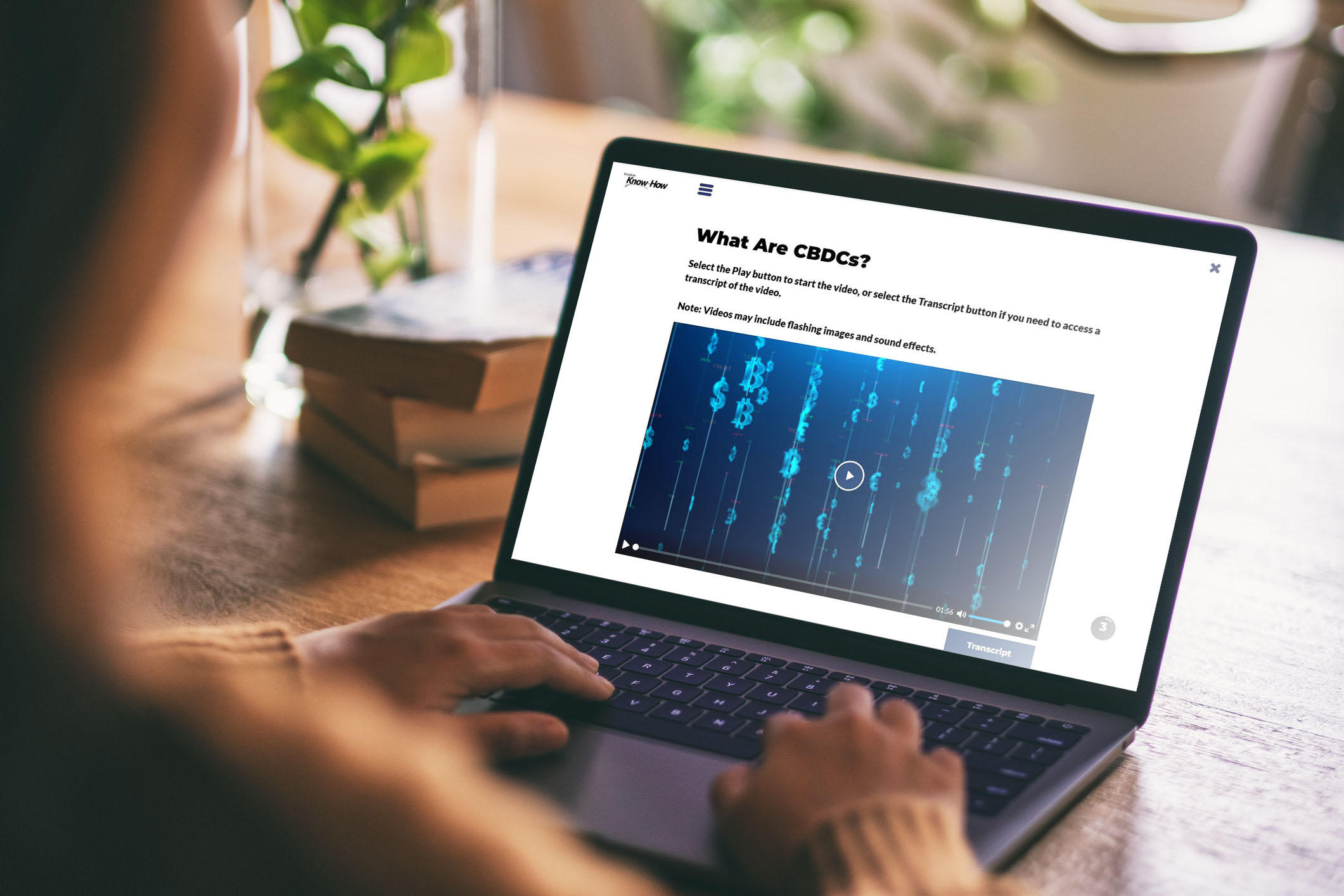The evolution of trading intelligence: From algorithms to AI
Artificial intelligence, or AI, didn’t come to financial market trading out of nowhere. Instead, it’s part of an evolution that unfolded over decades.
That journey can be traced through four key milestones or transitions.
***
Get weekly finance insights from The Intuition Finance Digest. Elevate your understanding of the finance world with expertly-crafted articles and podcasts sent straight to your inbox every week. Click here: https://www.intuition.com/finance-insights-the-intuition-finance-digest/
***
From manual to electronic trading
The first of these was manual to electronic trading.
In the late 20th century, trading moved from phones and floors to electronic platforms.
This shift brought speed, transparency, and machine-readable data – laying the foundation for automation.
From electronic to algorithmic trading
This marked the next shift, from electronic to algorithmic trading.
Here, pre-programmed algorithms began handling trade execution based on fixed rules.
These systems were fast and consistent – but rigid. They couldn’t adjust to new patterns or conditions on their own.
From algorithmic trading to machine learning
The desire to address this limitation contributed to the third shift, from algorithmic trading to machine learning.
Rather than coding every rule by hand, quants began training algorithms to learn from historical data.
Machine learning added adaptability – enabling models to detect patterns, classify market regimes, and optimize execution in real time.
But machine learning is confined to the past – learning only from what has already happened.
From machine learning to generative AI
A new generation of tools would soon arrive to address this – tools known collectively as generative AI.
These models can simulate entirely new scenarios – imagining events that haven’t occurred – while also interpreting unstructured data like news, transcripts, and images.
Each phase built on the last – digitizing markets, automating execution, learning from data, and now generating new insights and understanding language.
Together, they make up the ever-broader suite of AI tools powering today’s financial trading.
Content for this article is taken directly from Intuition Know-How.
Fill in the form below to learn more about the full Intuition Know-How offering and how you can use it to improve organizational performance.
Browse full tutorial offering



